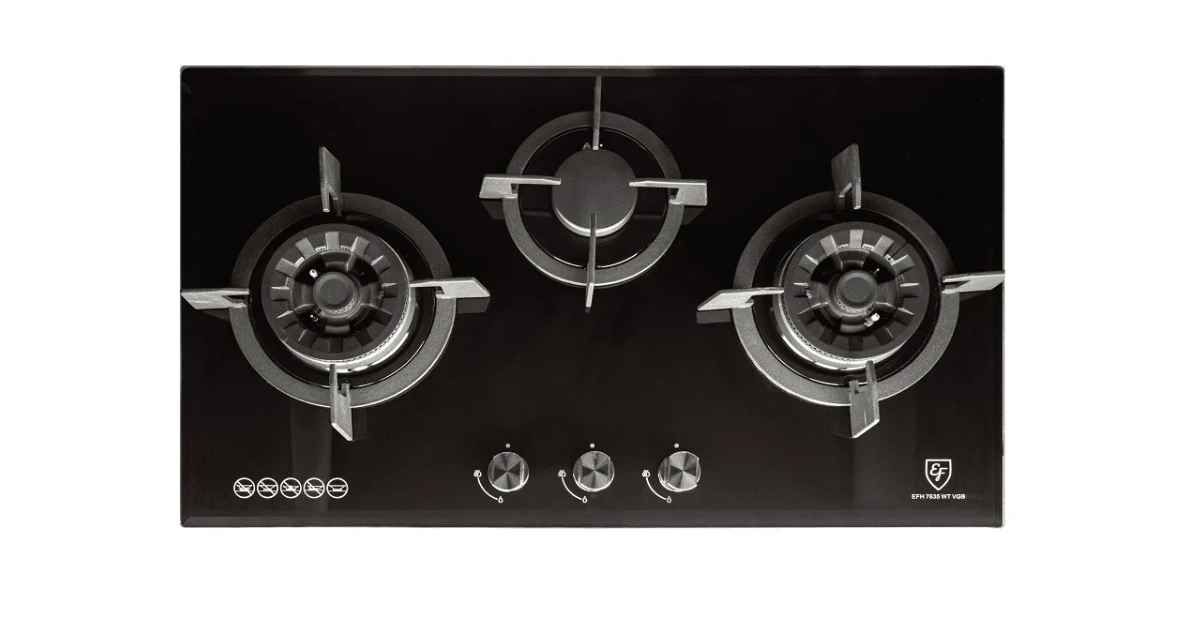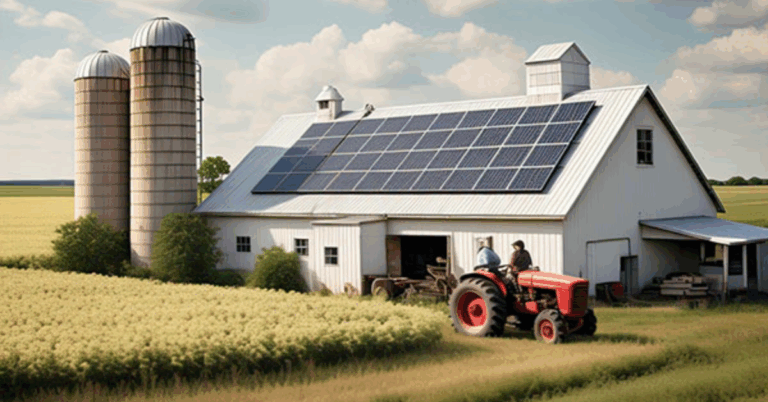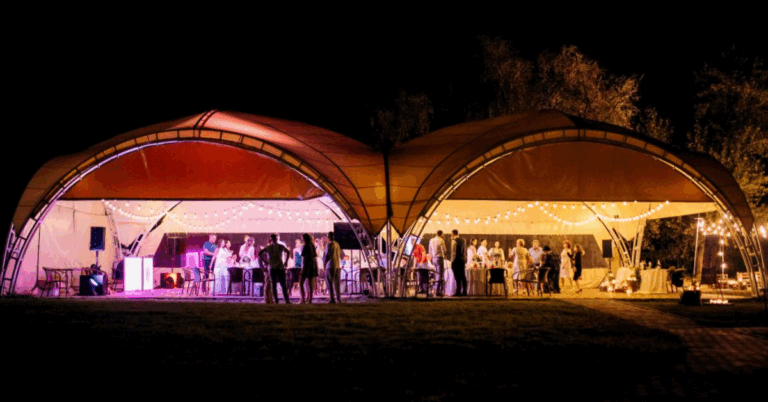Unlocking the Best in Kitchen Efficiency: Choosing the Right Gas Hob in Singapore
When it comes to outfitting your kitchen, one of the most pivotal decisions is selecting the cooktop — especially if you’re looking for a reliable, high-performance gas-fired surface. For those in Singapore exploring their options, investing in the perfect “Gas Hob Singapore” model can make all the difference in daily cooking ease, versatility and energy use. In this article, we’ll dive into the world of gas hobs, explore what makes them ideal (or not) for Singapore homes, go through what features to look for, and outline a buying and maintenance guide so you choose smartly and enjoy trouble-free kitchen time.
Why consider a gas hob in Singapore?
Opting for a dedicated gas hob Singapore model brings several compelling advantages. First off, the direct flame of gas cooking gives immediate control over heat: you see the flame, you adjust the knob, and you’re cooking. That fire-to-pan responsiveness is favoured by many experienced cooks, especially when stir-frying, searing or moving quickly between high and low heat.
In the local context, many Singapore kitchens are already wired (or piped) for gas, so installing a built-in gas hob can integrate seamlessly with existing infrastructure. And for those who value traditional cooking styles—such as wok techniques, high heat, rapid sautéing—a gas hob remains highly practical.
Additionally, many modern gas hobs come equipped with safety and convenience features such as flame-failure mechanisms (which cut off the gas supply if the flame goes out) and built-in ignition, making them safer and more user-friendly than older models.
So if you’re searching for the best gas hob Singapore options, you’re looking at a cooking appliance that brings familiarity, control and versatility.
Pros & cons at a glance
Before you commit, it’s worth weighing the benefits against the trade-offs.
Pros:
-
Instant visual flame and fast heat adjustment — you can go from full blast to low simmer in a moment.
-
Works with virtually any cookware, including round-based woks, glass, steel or aluminium. You’re not limited to special pans.
-
Reliable even if there’s a power outage (depending on ignition type) — the flame still works.
-
Great for high-heat cooking styles, as often used in Asian cuisines.
Cons:
-
Less energy-efficient compared to induction or certain electric hobs since some heat is lost to the surrounding air.
-
Cleaning can be more involved — grates, burners, nooks and crannies require maintenance.
-
Safety risks if ventilation is poor or installation not up to standard — open flame and gas supply always require caution.
-
In an increasingly energy- and environment-conscious Singapore, some homes may prefer induction or electric alternatives for cleaner indoor air and lower heat output.
In short: if you cook frequently, value flexibility and style, and have proper ventilation and installation in place, a gas hob remains a very strong choice. If your focus is minimal maintenance, utmost energy efficiency or you cook light meals, you may consider alternatives.
What features should you look for in a gas hob in Singapore?
When comparing models labelled “gas hob Singapore” or “built-in gas hob Singapore”, here are the key specifications and design features to evaluate:
-
Number & arrangement of burners
Choose based on your cooking habits. For example, a two-burner built-in might suffice for a small household, but if you regularly cook multiple dishes or have guests, three-burner or more may be better. -
Burner power and dual-flame/double-ring burners
Some models feature high-output burners (for searing, stir-frying) and auxiliary / simmer burners (for gentle heating). Models with dual-ring burners deliver more even heat across the base of the cookware. -
Surface material & aesthetics
Options commonly include tempered glass (black or dark finish), stainless steel, or sometimes a mix. Glass looks sleek and modern; stainless steel is robust and industrial-chic. Choose one that complements your kitchen décor. -
Safety features
• Flame-failure device / thermocouple that cuts off gas if flame extinguishes.
• Auto gas-cut-off in case of spillage or flame outage.
• Proper gas sealing and quality installation.
• Good ventilation: since combustion releases heat and possibly by-products, ensure your kitchen hood or exhaust is adequate. -
Fit-in / built-in dimensions & cut-out size
If you’re replacing an existing hob, check the cut-out size matches. Some hobs offer flexible installation for existing holes. -
Ease of cleaning & maintenance
Look for sealed burners that prevent food-spills entering the gas ports, removable grates for easier cleaning, and surface materials that resist stains. -
Brand reputation and warranty/service
Since installation and safety matter, opt for recognized brands or authorised dealers in Singapore, and check warranty terms, service network, and the availability of spare parts. -
Network for gas supply
In Singapore, check whether your unit is compatible with your gas supply type (liquefied petroleum gas (LPG) or piped town gas) and whether installation is by a licensed technician.
Factors unique to Singapore kitchens
Singapore homes bring special considerations when selecting a gas hob:
-
Ventilation and space constraints: Many flats and apartments are compact, so if you use a high-output gas hob that produces significant heat or smoke (think wok cooking), ensure your kitchen exhaust and hood can handle it well.
-
Cooking style: Asian cooking often involves high heat, stir-frying, or using a wok with “wok-hei” flavour. Gas remains popular for these techniques because of the flame control and compatibility with rounded woks.
-
Energy and cost: While gas costs in Singapore may be lower than equivalent electricity for certain uses, the efficiency of heat transfer is lower. So you’ll want to balance burner use, ventilation losses, and how much cooking you do.
-
Safety regulations: Make sure your gas hob installation complies with local codes and standards; use a licensed plumber or gas fitter. Pay attention to building and HDB guidelines if you live in a flat.
-
Resale and future-proofing: Some newer housing projects emphasize more “green” cooking solutions (induction etc). Choosing a high-quality gas hob may still be fine, but consider how your choice will look when selling or renovating in future.
How to choose the best “Gas Hob Singapore” for you
Here’s a step-by-step mini guide:
-
Step 1: Evaluate your cooking habits. Do you stir-fry often? Do you cook multiple dishes simultaneously? Do you entertain guests?
-
Step 2: Measure your kitchen countertop space and note the cut-out size of your existing hob (if replacing).
-
Step 3: Decide on the number of burners and whether you want a dual-ring burner or standard.
-
Step 4: Choose the surface finish (tempered glass, stainless steel) that matches your kitchen aesthetics plus durability.
-
Step 5: Check safety features and brand reputation: flame-failure device, sealed burners, quality grates.
-
Step 6: Determine installation and service availability in Singapore—gas line compatibility, licensed installers, warranty.
-
Step 7: Compare prices but also factor in long-term maintenance, parts availability, and cleaning effort.
-
Step 8: Choose a model, schedule professional installation, and ensure proper ventilation and maintenance from day one.
Maintenance tips for long-life performance
Once installed, keeping your gas hob in optimal condition extends its life and keeps cooking safe and efficient:
-
Clean burner grates and caps regularly to prevent blockages and ensure flame uniformity.
-
Wipe down the surface after each use. On glass surfaces, avoid abrasive cleaners; on stainless steel, use a soft cloth and non-scratch cleaner.
-
Check that flame colour remains blue; yellow or orange flame could indicate incomplete combustion and needs servicing.
-
Ensure the ventilation hood filter is cleaned or replaced as required to avoid grease build-up.
-
Inspect seals and connections periodically, and ensure no gas odor is present. If you smell gas, shut off supply immediately and call a licensed technician.
-
Use appropriate cookware: ensure the base makes good contact with the grate and avoids wobble. A stable pan means more efficient heat transfer and fewer mishaps.
Final thoughts
Selecting the right “gas hob Singapore” is about balancing cooking style with practical considerations of space, installation, safety and maintenance. If you value direct heat control, versatility with cookware, and a cooking surface that inspires confidence, a built-in gas hob remains a top choice. On the flip side, if you favour intuitive cleaning, maximum energy-efficiency and minimal residual heat, you might explore induction alternatives — but for many Singapore homes, gas still hits the sweet spot.
At the end of the day, the perfect hob is one you’ll use often, enjoy cooking on, and maintain easily. Choose wisely, look after it, and you’ll find your kitchen becomes a place of pleasure and productivity rather than frustration.





